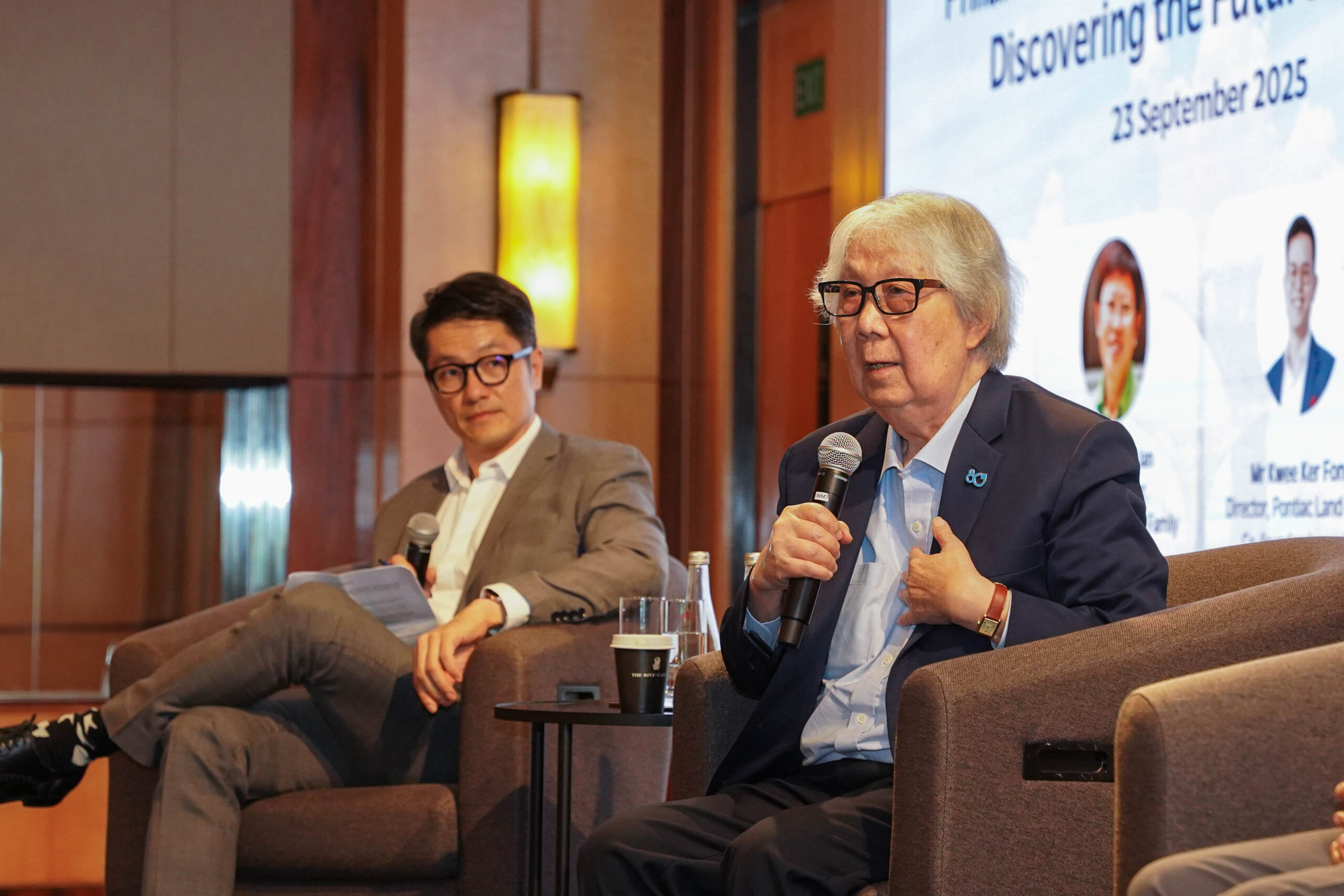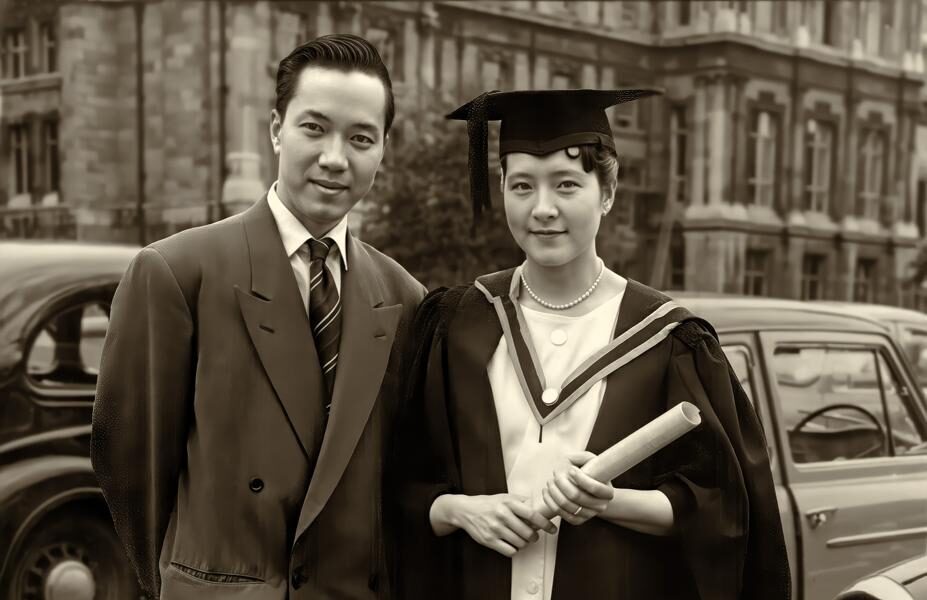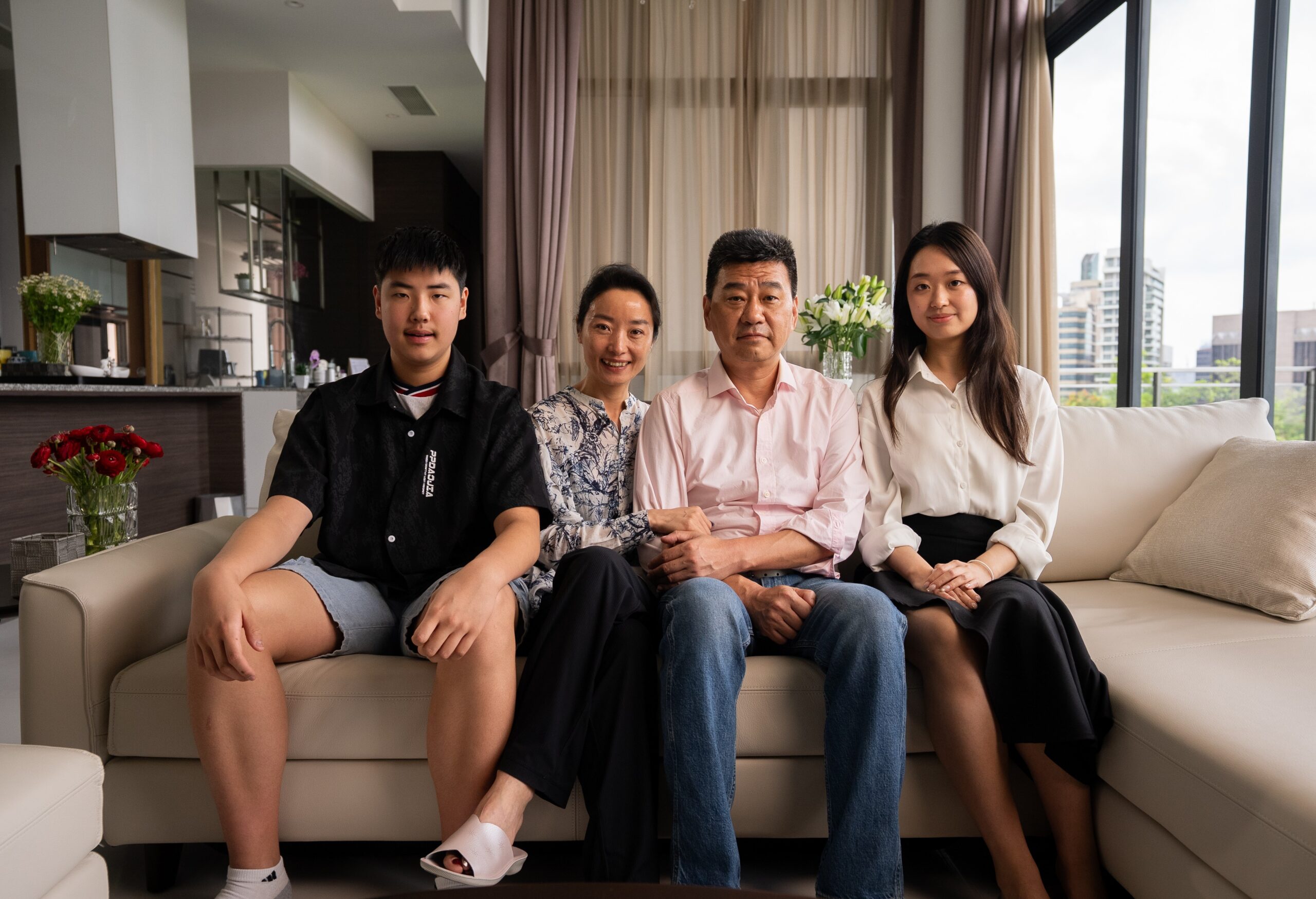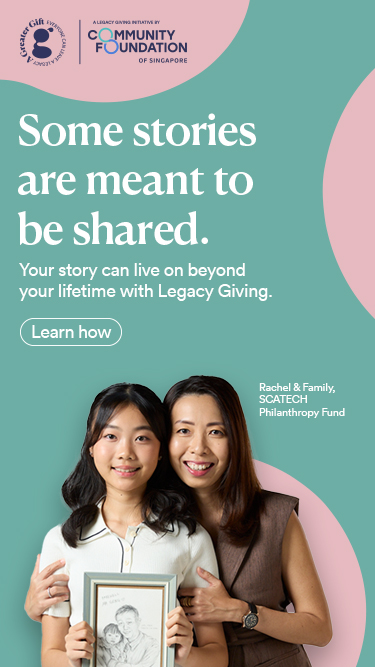Leading Foundation Teacher Award – Recognising outstanding teachers in early childhood and special needs education

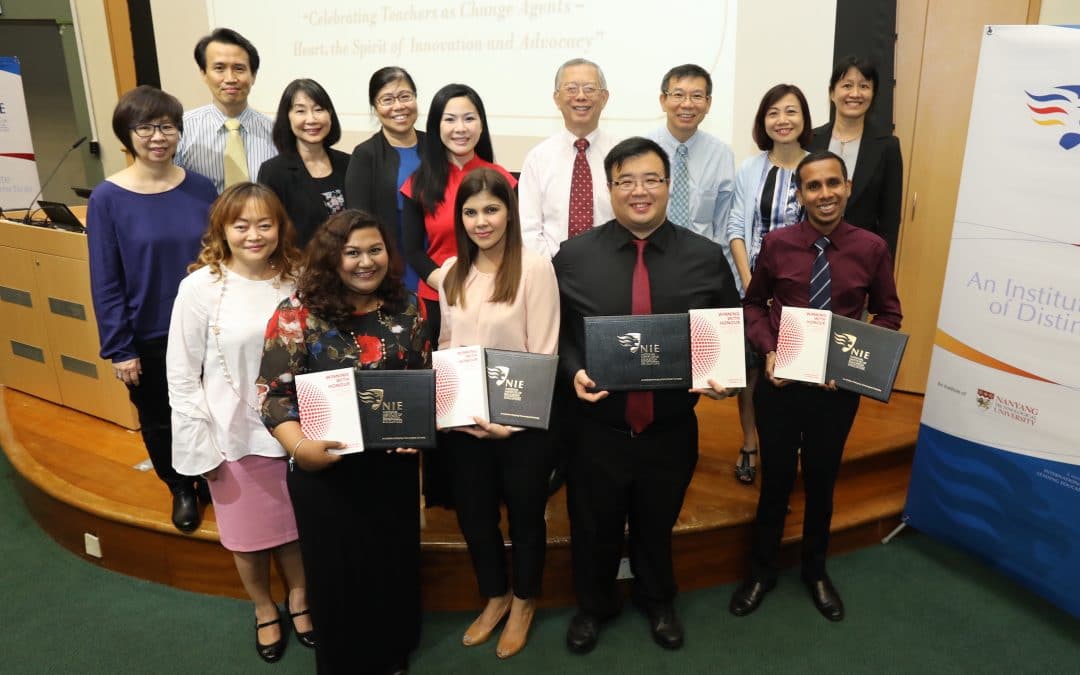
Winners of the 2016 Leading Foundation Teacher Award together with representatives from the Leading Foundation, National Education of Singapore, Ministry of Education and Community Foundation of Singapore.
The Leading Foundation Teacher Award was established in 2014 by Lim Siong Guan and Joanne Lim – co-authors of ‘The Leader, The Teacher & You’ and ‘Winning with Honour’ – to honour passionate and dedicated teachers in early childhood and special needs education.
Organised by the National Institute of Education (NIE) and managed by the Community Foundation of Singapore, the Leading Foundation Teacher Award is the first award in Singapore to recognise excellence in early childhood and special needs educators. To date, a total of 25 teachers have received the award.
Said Joanne Lim, co-founder of the Leading Foundation: “Coming from a family of teachers, we knew firsthand how much hard work, dedication, sacrifice and passion educators put in to make a positive impact on the lives of their students so we wanted to honour those who embody these values. After we published the first book, we established the Leading Foundation with the Community Foundation of Singapore. CFS went on to identify the lack of recognition for teachers in early childhood and special needs education and so the Leading Foundation Teacher Award was established to plug this gap.”
It is often said that the best teachers teach from the heart, not from a book – and that is exactly what has motivated recipients of the Leading Foundation Teacher Award who often go beyond the call of duty to make a difference in the lives of their students. To date, 21 teachers have received the award.
For allied educator Tutek Alauyah Amir who won the award in 2015, she makes the extra effort to put in place a comprehensive support system to ease special needs students’ first step into primary school.
As for fellow award recipient preschool teacher Jenny Tan, she believes that every child is different and hence tailors her teaching instructions to cater to every child’s learning style, needs and pace.
Another allied educator – 2016 award recipient Jeyaram Kadivan – laboured tirelessly with his visually impaired student to overcome daunting learning hurdles in secondary school. His support enabled the student to score seven distinctions at O levels.
For these exceptional educators, it is hoped that the Leading Foundation Teacher Award will spur them on to greater heights in their field of work, as well as inspire others to excel like them.
Photo: National Institute of Education, Singapore
Winners of the 2016 Leading Foundation Teacher Award together with representatives from the Leading Foundation, National Education of Singapore, Ministry of Education and Community Foundation of Singapore.
The Leading Foundation Teacher Award was established in 2014 by Lim Siong Guan and Joanne Lim – co-authors of ‘The Leader, The Teacher & You’ and ‘Winning with Honour’ – to honour passionate and dedicated teachers in early childhood and special needs education.
Organised by the National Institute of Education (NIE) and managed by the Community Foundation of Singapore, the Leading Foundation Teacher Award is the first award in Singapore to recognise excellence in early childhood and special needs educators. To date, a total of 25 teachers have received the award.
Said Joanne Lim, co-founder of the Leading Foundation: “Coming from a family of teachers, we knew firsthand how much hard work, dedication, sacrifice and passion educators put in to make a positive impact on the lives of their students so we wanted to honour those who embody these values. After we published the first book, we established the Leading Foundation with the Community Foundation of Singapore. CFS went on to identify the lack of recognition for teachers in early childhood and special needs education and so the Leading Foundation Teacher Award was established to plug this gap.”
It is often said that the best teachers teach from the heart, not from a book – and that is exactly what has motivated recipients of the Leading Foundation Teacher Award who often go beyond the call of duty to make a difference in the lives of their students. To date, 21 teachers have received the award.
For allied educator Tutek Alauyah Amir who won the award in 2015, she makes the extra effort to put in place a comprehensive support system to ease special needs students’ first step into primary school.
As for fellow award recipient preschool teacher Jenny Tan, she believes that every child is different and hence tailors her teaching instructions to cater to every child’s learning style, needs and pace.
Another allied educator – 2016 award recipient Jeyaram Kadivan – laboured tirelessly with his visually impaired student to overcome daunting learning hurdles in secondary school. His support enabled the student to score seven distinctions at O levels.
For these exceptional educators, it is hoped that the Leading Foundation Teacher Award will spur them on to greater heights in their field of work, as well as inspire others to excel like them.
Photo: National Institute of Education, Singapore
- Related Topics For You: ACCESSING QUALITY EDUCATION, CAREGIVER SUPPORT, CHARITY STORIES, CHILDREN, EDUCATION, INCLUSIVITY & INTEGRATION, PERSONS WITH DISABILITIES, STORIES OF IMPACT
